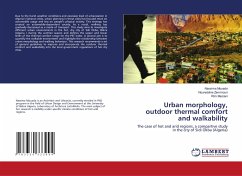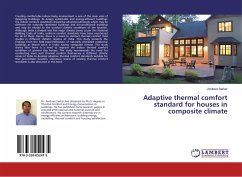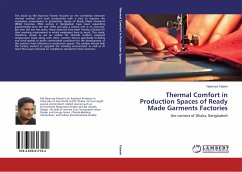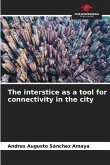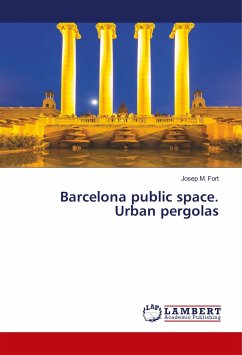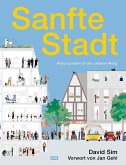Due to the harsh weather conditions and excessive level of urbanization in Algeria's Saharan cities, urban planning in these cities has focused more on automobile usage and less on people's physical activity. This strategy has created an automobile-dependent society. As a result, walking has gradually decreased as a mode of transport. This study aims to investigate different urban environments in the hot, dry city of Sidi Okba, Biskra (Algeria ) during the summer season and defines the upper and lower limits of the thermal comfort range for the PET index. A second aim is to quantify the walkable environment and highlight the relationship between urban morphology and walking behaviour. This research recommends a set of general guidelines to improve and incorporate the outdoor thermal comfort and walkability into the local government regulations of hot dry cities.

